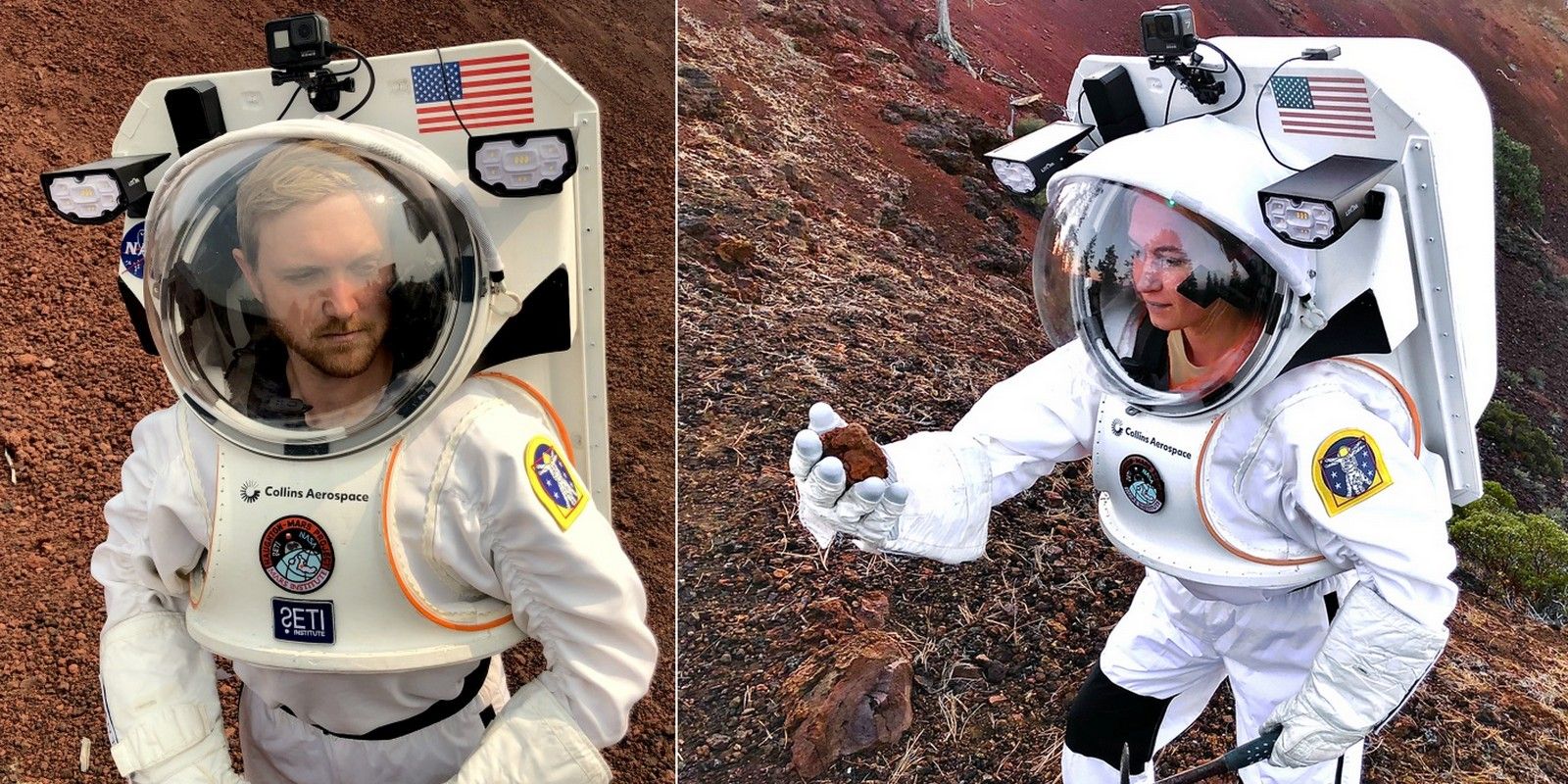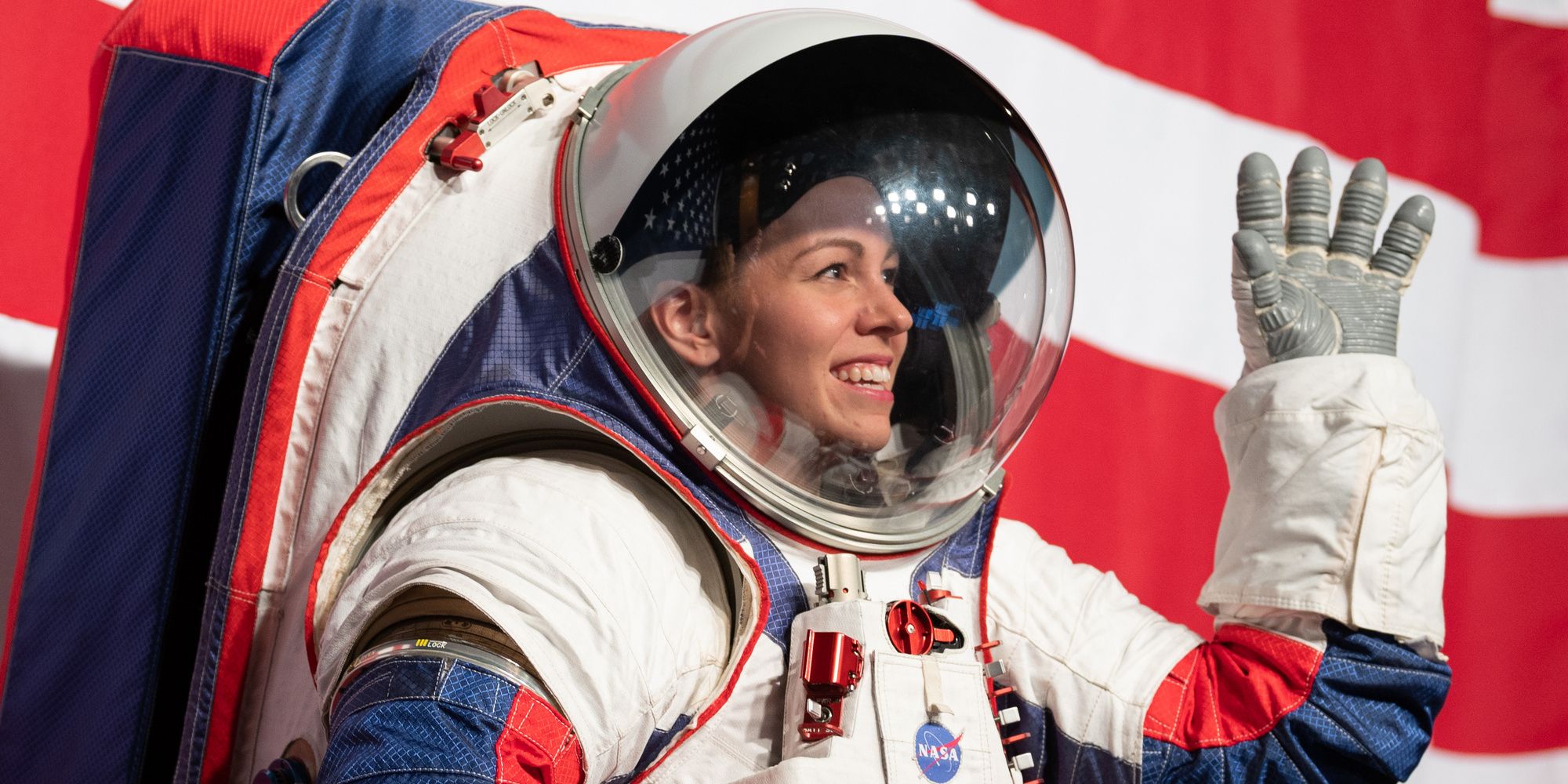NASA has successfully tested the next-gen integrated information system that will be a part of the spacesuit donned by the astronauts who are going to the Moon with the Artemis program and may also utilize it for future Mars missions. The space agency first demoed its Exploration Extravehicular Unit (xEMU) suit in 2019, a product of decades worth of research after the first moon landing courtesy of the Apollo missions. Armed with dust-tolerant features, the new spacesuit can survive temperatures between negative 250 degrees Fahrenheit and 250 degrees Fahrenheit.
The designers targeted mobility enhancements for the xEMU spacesuit as they used a joint bearings system to allow torso movement, and employed a redesigned communication system with voice-activated mics. More importantly, the suit includes interchangeable parts that can be accordingly tweaked for spacewalks, the Moon’s surface, and even the planetary terrain of Mars. And to ensure that the custom fitting process is immaculate, NASA relied on 3D scanning and modeling for key gestures and postures for spacewalks to refine the mobility and comfort aspect.
With the development in full swing ahead of the Artemis mission, NASA has now done successful ground tests of the next-gen integrated Information Technologies and Informatics Subsystem (IT IS) that will make Extra-Vehicular Activities (EVAs) more convenient. So far, astronauts have relied on spiral-bound notebooks attached to the elbow region of their spacesuit for viewing their checklist. The IT IS module digitizes the whole process and adds a ton of other capabilities to the xEMU spacesuit’s capabilities. An Astronaut Smart Glove (ASG) system was also tested in conjunction with IT IS, which allows astronauts to remotely control assets such as robotic arms, drones, and rovers on the Martian soil.
A Next-Gen Spacesuit Tailored For Harsh Martian Terrain
The IT IS module adds a display system to the helmets of astronauts that can be used to view all their checklists and also keep an eye on vital signs. More importantly, it will also allow monitoring of EVA systems such as resource reserves (water, oxygen, and power), location data, EVA time statistics, and range from supplies to name a few. Astronauts can also view maps and a wide range of other data to help with their experiments and exploration duties. Experts claim that the IT IS hardware developed by Collins Aerospace will revolutionalize how extra-vehicular activities are conducted during spacewalks or while traversing a planetary surface.
It is said to simultaneously improve upon three key aspects — autonomy, productivity, and safety. The autonomy part is of critical importance here, especially in scenarios where the support team on Earth is not in touch and it is up to the astronaut to conduct the EVA duties. This will be particularly useful when a man steps foot on the Martian surface in the near future as part of NASA's Artemis Mission. And with the Astronaut Smart Glove system in tow, astronauts will have greater control and perceptive powers at their disposal. Interestingly, the spacesuit tests were tested on the same spot where pre-mission spacesuit analysis for the Apollo program was conducted decades earlier.
Next: Life On Mars - Here's How NASA's Perseverance Rover Could Find It
Source: SETI


